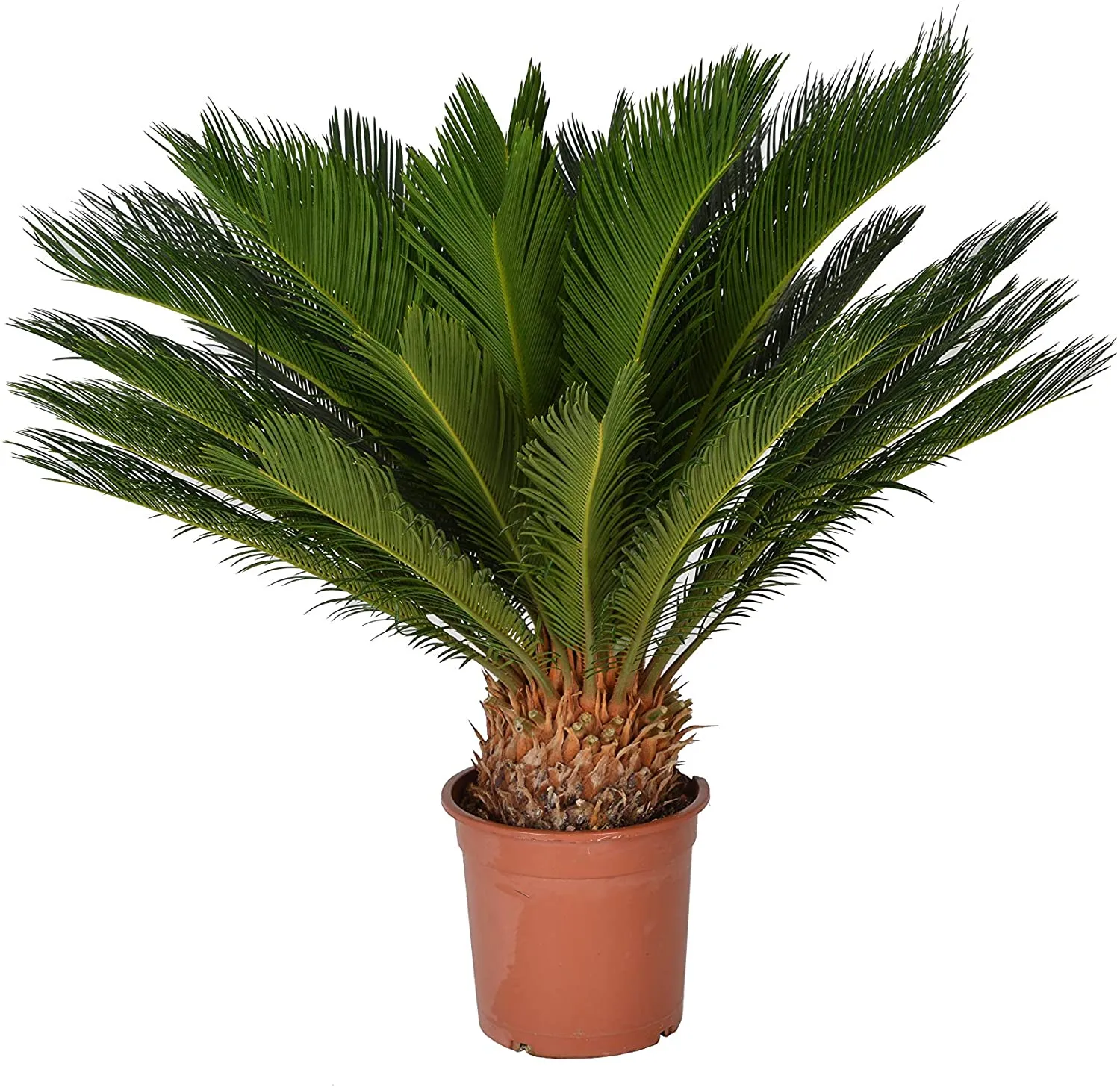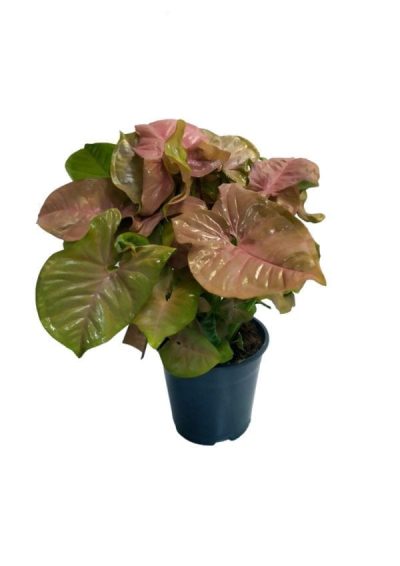Description
Cycas revoluta, commonly known as the Sago Palm or King Sago Palm, is a cycad species native to Japan. It is not a true palm but rather belongs to the ancient group of plants known as cycads. Here are some key features and care tips for Cycas revoluta:
- Appearance: Cycas revoluta has a stout, woody trunk covered with persistent leaf bases and crowned with a rosette of glossy, dark green, pinnate leaves. The leaves are typically stiff and leathery, with lance-shaped leaflets arranged along the leaf axis. Mature plants may produce cones, with male cones being cylindrical and female cones resembling large, woolly pineapples.
- Growth Habit: Cycas revoluta is a slow-growing plant that can eventually reach heights of 6 to 10 feet (1.8 to 3 meters) in cultivation, although it grows much larger in its native habitat. It forms a single trunk or multiple trunks over time, giving it a palm-like appearance.
- Light Requirements: Cycas revoluta prefers bright, indirect light. While it can tolerate some direct sunlight, particularly in the morning or late afternoon, prolonged exposure to intense sunlight can scorch its leaves. Inadequate light may result in reduced growth and yellowing of the leaves.
- Watering: Allow the top inch or so of the soil to dry out between waterings, then water the plant thoroughly, allowing excess water to drain away. Cycas revoluta is drought-tolerant and prefers slightly dry conditions, so it’s essential to avoid overwatering, which can lead to root rot.
- Temperature and Humidity: Cycas revoluta prefers moderate temperatures and can tolerate fluctuations within a typical indoor environment. It thrives in temperatures between 60-80°F (15-27°C) and should be protected from frost and freezing temperatures. While it can tolerate average indoor humidity levels, occasional misting or placing the plant on a humidity tray can be beneficial, especially in dry indoor environments.
- Soil: Use a well-draining potting mix formulated for cacti and succulents or a mix of coarse sand, perlite, and peat moss. Ensure that the pot has drainage holes to prevent waterlogging, as cycads are susceptible to root rot in overly wet conditions.
- Fertilizing: Feed Cycas revoluta with a balanced slow-release fertilizer or a liquid fertilizer diluted to half strength every 4-6 weeks during the growing season (spring and summer). Reduce fertilization in the fall and winter months when the plant’s growth slows down.
- Pruning: Remove any yellowed, damaged, or dead leaves as needed to maintain the plant’s appearance and encourage healthy growth. Use caution when handling the plant, as the leaves are sharp and can cause injury.
Overall, Cycas revoluta is a striking and low-maintenance plant that can add a touch of tropical elegance to gardens, landscapes, and indoor spaces. With proper care and attention to its specific needs, it can thrive and become a focal point in your plant collection.






Reviews
There are no reviews yet.